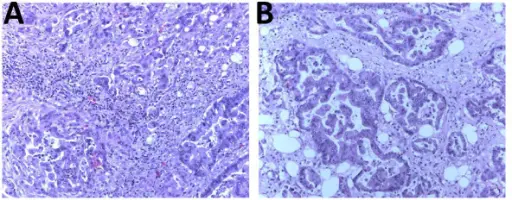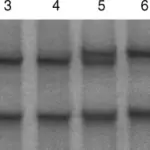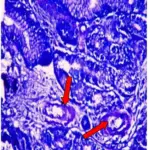Ataxia telangiectasia is a rare inherited disorder that affects the nervous system, immune system, and other body systems. This disorder is characterized by progressive difficulty with coordinating movements.
What is the Pathology of Ataxia Telangiectasia?
The pathology of ataxia telangiectasia is:
-Etiology: The cause of ataxia telangiectasia is caused by changes (mutations) of a gene known as A
-Pathogenesis: The sequence of events that lead to ataxia telangiectasia are involve mutations of the ATM gene product, ATM kinase. ATM kinase is involved in the detection of DNA damage and plays an important role in cell cycle progression. Without a properly forming ATM kinase, immune and nervous system dysfunctions develop.
-Morphologic changes: The morphologic changes involved with ataxia telangiectasia are ataxia and telangiectasis. Ataxia is progressively impaired coordination of voluntary movements. Telangiectasis are vascular lesions that may be visible on the skin and mucous membranes due to permanent widening of groups of blood vessels.
How does Ataxia Telangiectasia Present?
Patients with ataxia telangiectasia has no gender predilection. Males and females may be affected in equal numbers. Ataxia telangiectasia may begin present during infancy. The symptoms, features, and clinical findings associated with ataxia telangiectasia include: recurrent infections, decreased mental development, delayed walking, abnormal eye movements, red discoloration of the skin in sun exposed areas, and seizures.
How is Ataxia Telangiectasia Diagnosed?
Ataxia telangiectasia is diagnosed by genetic tests to assess for mutations in the ATM gene.
How is Ataxia Telangiectasia Treated?
Ataxia telangiectasia has no specific treatment, and symptoms are managed individually.
What is the Prognosis of Ataxia Telangiectasia?
The prognosis of ataxia telangiectasia is good, however it is a multi-organ neurodegenerative disorder with enhanced vulnerability to cancer and infection.



